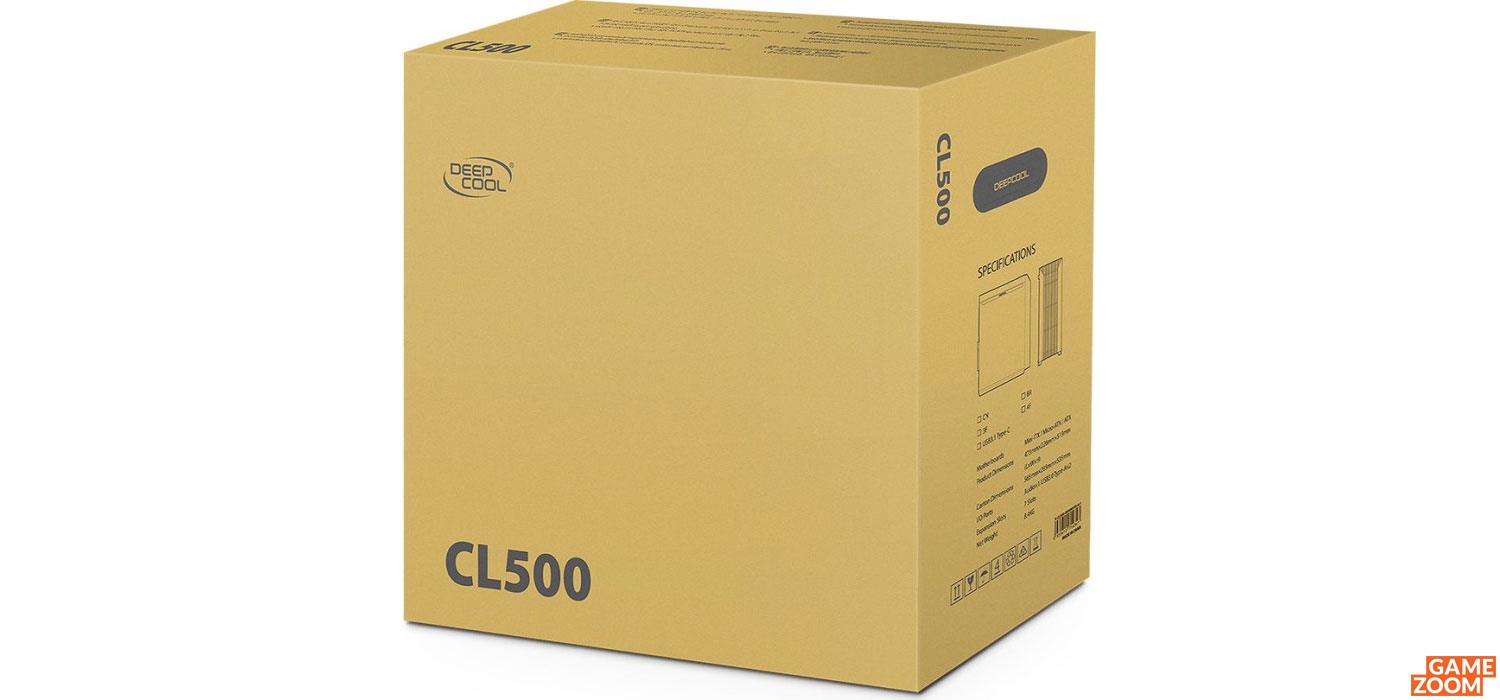
Alle Ergebnisse
Inhalt
Fakten
Hersteller
Deepcool
Release
September 2020
Produkt
Gehäuse
Preis
ab 76,90 Euro
Webseite
Media (11)











 Über Deepcool
Über Deepcool
Inhalt
Kommentar schreiben